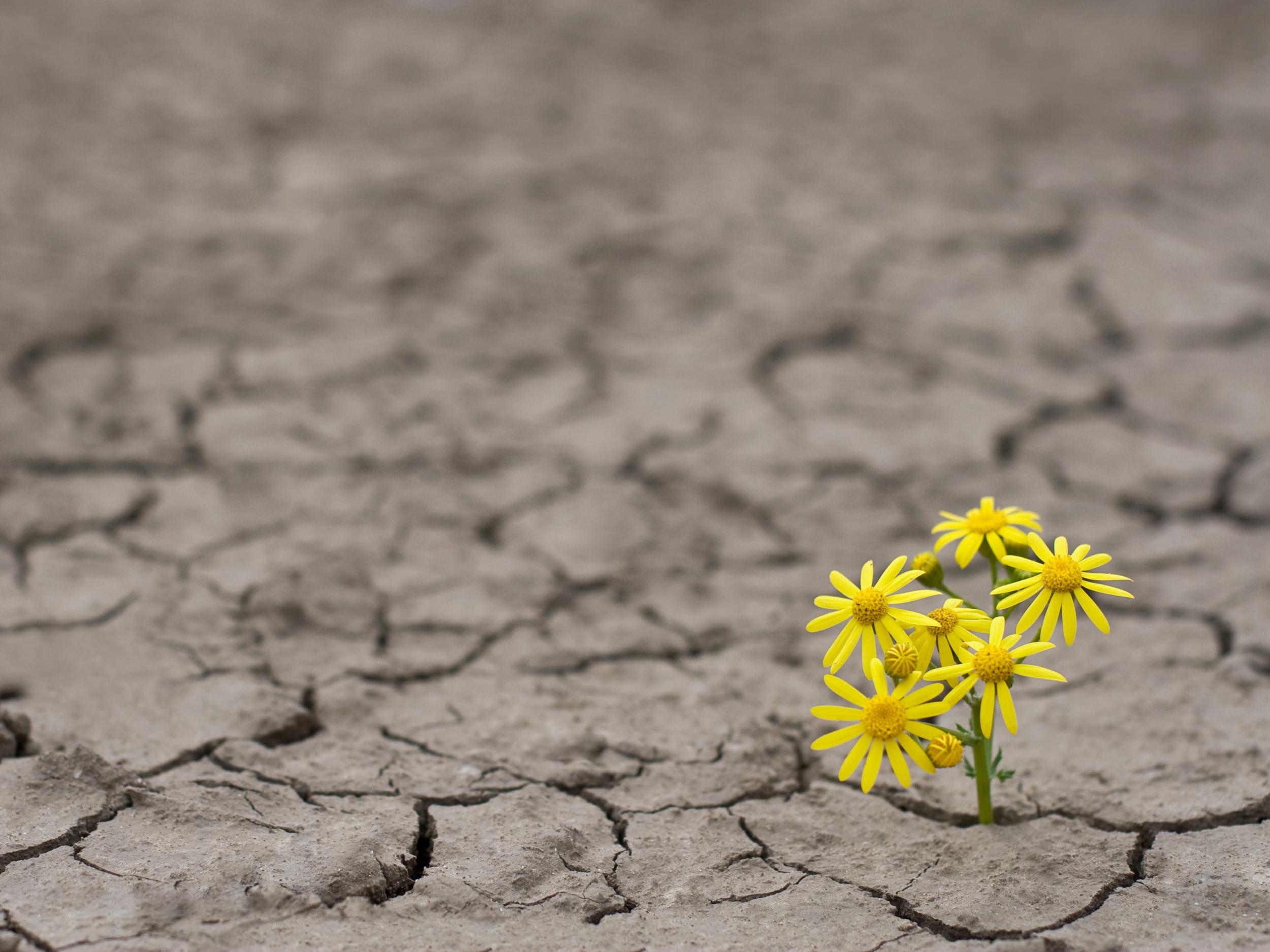Scientists aim to develop drought-resistant crops using genetic engineering
Crops such as rice, wheat and soybeans could be adapted to better survive dry environments

Your support helps us to tell the story
From reproductive rights to climate change to Big Tech, The Independent is on the ground when the story is developing. Whether it's investigating the financials of Elon Musk's pro-Trump PAC or producing our latest documentary, 'The A Word', which shines a light on the American women fighting for reproductive rights, we know how important it is to parse out the facts from the messaging.
At such a critical moment in US history, we need reporters on the ground. Your donation allows us to keep sending journalists to speak to both sides of the story.
The Independent is trusted by Americans across the entire political spectrum. And unlike many other quality news outlets, we choose not to lock Americans out of our reporting and analysis with paywalls. We believe quality journalism should be available to everyone, paid for by those who can afford it.
Your support makes all the difference.Researchers have identified the genetic underpinnings of drought resistant plants, allowing them to potentially develop crops that could grow, and even thrive, in dry conditions.
Crop production is one the world’s largest consumers of fresh water, a supply under threat by a growing world population and increased urbanisation. Crops that require less water could be hugely beneficial in semi-arid parts of the world, where crop failures can be disastrous for local populations.
Drought-resistant plants share a mechanism known as crassulacean acid metabolism, or CAM, which allows them to survive despite low levels of water.
In a new study, published in the journal Nature Communications, a team of researchers has identified the set of genes underpinning CAM, laying the groundwork for future genetic engineering of food crops.
“CAM is a proven mechanism for increasing water-use efficiency in plants,” said Dr Xiaohan Yang, a plant biologist at the US Department of Energy’s Oak Ridge National Laboratory and co-author of the new study.
CAM is essentially a form of photosynthesis in which the pores in a plant’s leaves only open to let in carbon dioxide at night.
During the day, when the sun is out, the pores remain closed in order to prevent water escaping through them. This means they are better able to tolerate dry conditions.
“As we reveal the building blocks that make up CAM photosynthesis, we will be able to bioengineer the metabolic processes of water-heavy crops such as rice, wheat, soybeans and poplar to accelerate their adaptation to water-limited environments,” he said.
Dr Yang and his collaborators looked at the genomes of three plant species that use CAM, including orchids and pineapples.
In doing so, they found 60 genes that had evolved in the same way in all three different species to give them CAM.
These genes are the “building blocks” that Dr Yang referred to, which had evolved independently in a process known as “convergent evolution” to produce the same mechanism in all three species.
The research team hope that with the knowledge of these genes, they could engineer the capacity for CAM into food and energy crops. This could allow crops to be grown in previously impossible environments, or provide them with greater resilience when faced with unfavourable climates.
“These convergent changes in gene expression and protein sequences could be introduced into plants that rely on traditional photosynthesis, accelerating their evolution to become more water-use efficient,” said Dr Yang.
Join our commenting forum
Join thought-provoking conversations, follow other Independent readers and see their replies
Comments